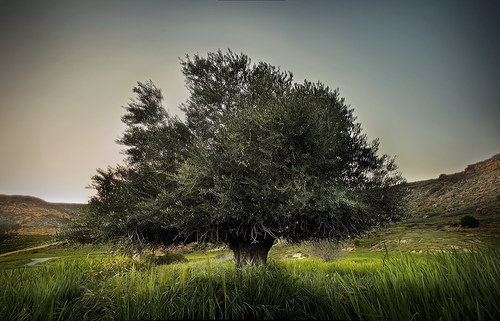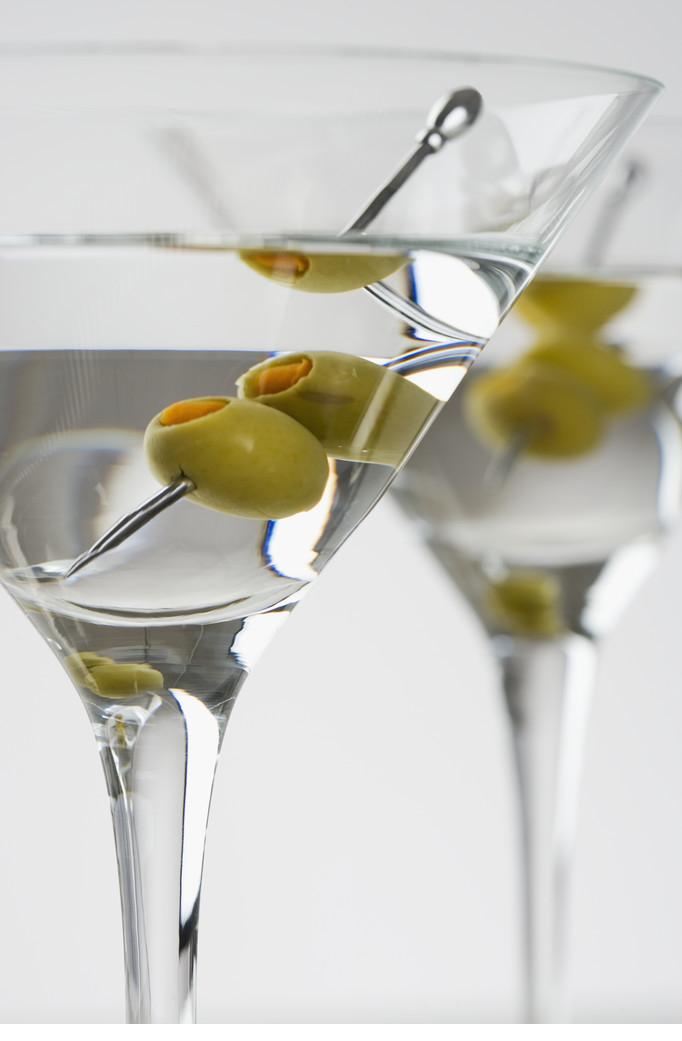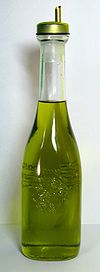
Big-League By-products
Olive trees have two major byproducts that are produced when the tree reaches the age of around four years. The first is the fruit, the olive, which is cultivated to be eaten and to produce the second byproduct, olive oil.
The olive is an oval or oblong fruit. The olive is said to drupe. It turns from green to yellow to red to dark blue as it matures. The olive has a hard pit surrounded by smooth skin. The hard pit can also be called the seed or the stone. Fresh olives contain oleuropein which makes them bitter. This makes them unpleasant to eat before it's processed to remove the oleuropein. When the olive is pickled it turns a purple-black color. The fruit matures from October to January and the tree needs moderate water to bear good fruit. The fruit also needs high temperatures or heat to have good quality. The air must be dry when the flowers blossom and when the fruit begins to grow. Most varieties of olive trees bear a large crop one season and a small crop the next.
 The olive seed and flesh contains the oil which makes up about
10-40% of a mature fresh fruits weight. In Ancient Greece the oil
was used for torches in important temples and for the torch at the
Olympics. Oil was originally used in Ancient Greek cultures,
but Europeans had a hard time accepting it. The started out using it
for lubricant for their machines and for medicinal purposes.
Currently, olive oil is used in cooking, canning and as a table oil.
Another popular place for olives to show up is at the bottom of a
martini.
The olive seed and flesh contains the oil which makes up about
10-40% of a mature fresh fruits weight. In Ancient Greece the oil
was used for torches in important temples and for the torch at the
Olympics. Oil was originally used in Ancient Greek cultures,
but Europeans had a hard time accepting it. The started out using it
for lubricant for their machines and for medicinal purposes.
Currently, olive oil is used in cooking, canning and as a table oil.
Another popular place for olives to show up is at the bottom of a
martini.
Olive oil has been found to be good for your health too. Extra virgin olive oil or EVO, is all the rage currently. Researchers believe olive oil can reduce blood pressure, inhibit cancer, help lower body weight and help asthma and arthritis sufferers. Much of the is contributed to the fact that olive oil reduces the amount of bad cholesterol in the body and increase the amount of good cholesterol.

